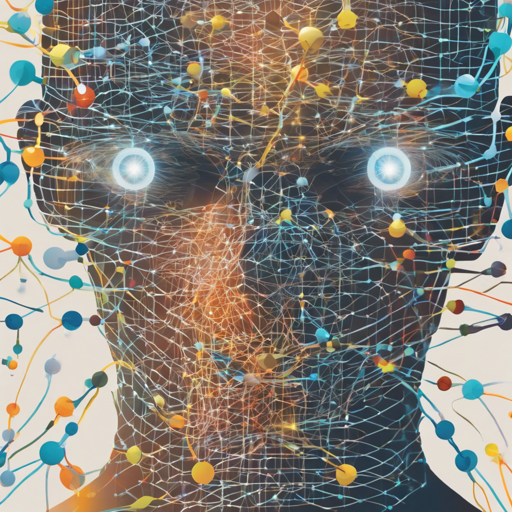Generative models, known for their ability to create images that resemble real scenes, encode a wealth of scene representations. With the introduction of **Intrinsic LoRA (I-LoRA)**, researchers have utilized Low-Rank Adaptation to unearth these representations, enabling the extraction of scene intrinsics, such as normals, depth, albedo, and shading. In this article, we will walk you through how to implement I-LoRA, explore its uses, and troubleshoot common issues.
Getting Started with Intrinsic LoRA
Before diving into the implementation, ensure you have the necessary environment setup. Below is a list of key packages to install:
bash
# Conda environment setup
conda create --name i-lora python=3.8.15
conda activate i-lora
pip install pillow==9.2.0 pytorch==1.13.0 tokenizers==0.13.0.dev0 torchvision==0.14.0 tqdm==4.64.1 transformers==4.25.1 accelerate==0.22.0 diffusers==0.20.2 einops==0.6.1 huggingface-hub==0.16.4 numpy==1.22.4 wandb==0.12.21
Model Checkpoints
Download necessary Stable Diffusion checkpoints from HuggingFace. Models are trained using SDv1.5 and SDv2.1.
Implementation Steps
You can use the provided code to train models for extracting surface normals and depth maps. Here’s how:
- For surface normal extraction with a single-step UNet model:
bash
export MODEL_NAME=runwayml/stable-diffusion-v1-5
export DATA_DIR=path/to/DIODE/normals
export PSEUDO_DIR=path/to/pseudo/labels
export HF_HOME=path/to/HuggingFace/cache/folder
accelerate launch sd_single_diode_pseudo_normal.py --pretrained_model_name_or_path=$MODEL_NAME --train_data_dir=$DATA_DIR --pseudo_root=$PSEUDO_DIR --output_dir=path/to/output/dir --train_batch_size=4 --dataloader_num_workers=4 --learning_rate=1e-4 --report_to=wandb --lr_warmup_steps=0 --max_train_steps=20000 --validation_steps=2500 --checkpointing_steps=2500 --rank=8 --scene_types=outdoor,indoors --num_train_imgs=4000 --unified_prompt=surface normal --resume_from_checkpoint=latest --seed=1234
The code needs to be adapted if you are using a different dataset structure from DIODE.
Understanding the Code through Analogy
Think of I-LoRA as a master chef in a bustling restaurant. Just as a chef uses various ingredients to create a masterpiece dish, I-LoRA pulls from generative models to extract essential elements (normals, depth, albedo) that make up the ‘dish’ of scene representations. Each model—akin to distinct ingredient types—contributes uniquely but must harmonize seamlessly to present a final, appetizing product. The chef’s expertise ensures that even when using different ingredients (datasets/models), the essence of the dish remains impeccable, just like I-LoRA maintains knowledge discovery despite variations in input sources.
Troubleshooting Common Issues
While implementing I-LoRA, you may encounter a few hiccups:
- If you experience package installation errors, ensure your
condaenvironment is activated and that you have internet access. - Errors concerning missing checkpoints can usually be fixed by double-checking your paths and ensuring you’ve downloaded the required models from HuggingFace.
- For potential compatibility issues, appending
--mixed_precision=fp16at the end of your command can help, but note that all our models are primarily trained using full precision.
For more insights, updates, or to collaborate on AI development projects, stay connected with fxis.ai.
Conclusion
Intrinsic LoRA marks a significant advancement in understanding generative models. By leveraging its capabilities, researchers and practitioners can extract valuable scene representations, even with modest datasets. Start your journey into knowledge discovery today!
At fxis.ai, we believe that such advancements are crucial for the future of AI, as they enable more comprehensive and effective solutions. Our team is continually exploring new methodologies to push the envelope in artificial intelligence, ensuring that our clients benefit from the latest technological innovations.

